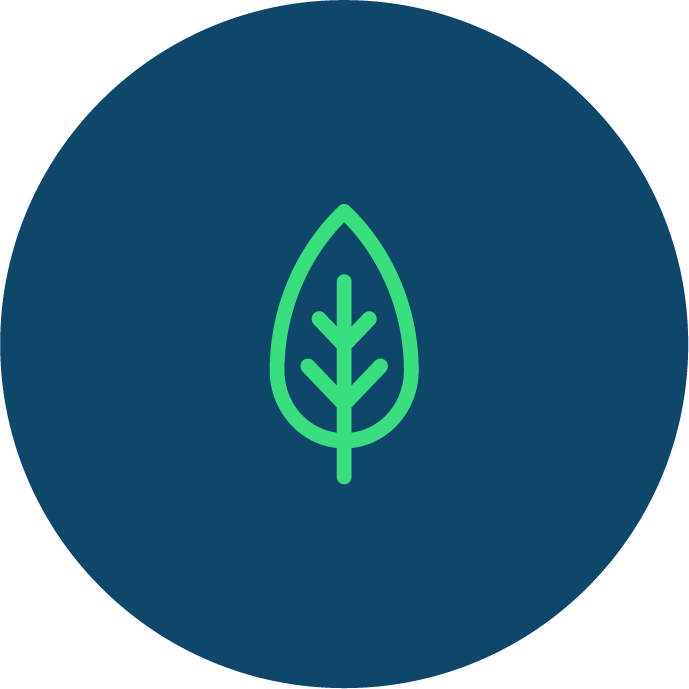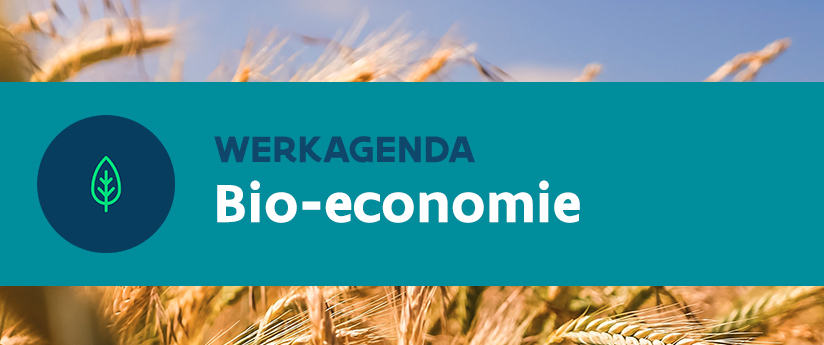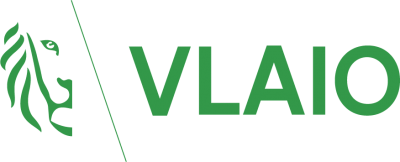Topics
We organise our actions in six thematic & strategic agendas:
Strategic Agendas:
Bio-economy
Circular Construction
Chemicals/Plastics
Manufacturing Industry
Food Chain
Water Cycles
Seven leverages provide additional support:
Leverage effects:
Lever Policy Instruments
Lever Circular Procurement
Lever Communication
Lever Innovation & Entrepreneurship
Lever Financing
Lever Jobs & Skills
Lever Research
What, why and how?
Why are we pursuing a circular economy?
Future visions 2050
How do we see our circular future?
About our management
Who steers what at Flanders Circular?

Our Approach / Strategic Agendas
Bio-economy

Work paths and actions
6 work paths are defined according to central ambitions for the development of the Bio-Economy in Flanders:
- Fibre 2.0 - Expansion of fibre chains in Flanders
- Bio-chemicals contributing to making Flemish chemistry more sustainable
- Closing nutrient cycles, linked to green gas production
- Closing the carbon cycle
- Increasing the availability of bio-resources
- Setting up logistics chains and biohubs. With this work path, we want to realise a better inventory of biomass waste streams, link supply and demand through cooperation, and build knowledge through research and experiments.
These ambitions will be built on with actions in the coming weeks. That is why we are working with concrete project ideas and organisations willing to act as frontrunners to put the bioeconomy into practice.
What do these ambitions entail?
Flanders has experience in growing and processing fibrous industrial crops. Based on this, and the availability of fibres in all kinds of forms - in crops, crop residues and residual flows from landscape maintenance - a first ambition in Flanders is to focus on expanding fibre chains, following the example of existing expertise in flax processing, among others. A revival of the fibre chain, therefore, under the name 'fibre 2.0'.
There is strong technological expertise in Flanders - in companies and research institutes - around biological/biochemical processing of biomass into chemical components. In addition, the chemical sector is strongly anchored in Flanders, with companies looking for their place in a future CO2-neutral society. Bio-based chemicals are a component for making carbon-based chemicals more sustainable, alongside recycling and CO2 reuse. The ambition we want to formulate here is the further expansion in Flanders of value chains that contribute to the production of bio-chemicals in order to reduce the use of fossil raw materials within chemical sectors as well.
Closing cycles is an essential part of the circular economy. Then we think of water, carbon or nutrient cycles and maintaining soil quality. For the growth of plants and animals, nutrients, including nitrogen and phosphate, are essential. Nutrient cycling occurs naturally: plants take up nutrients from soil or water, people and animals take up nutrients by eating plants or meat, nutrients return to soil and water through urine, manure, leaf fall and digestion of plant residues.[1]
[1]From
A central ambition within the circular bioeconomy is to aim for biological carbon cycles that add no net additional CO2 or even extract CO2 from the atmosphere.
In the context of the bioeconomy, we thereby indicate the following objectives:
- Increasing - or at least maintaining - organic matter content in agricultural soils, by returning carbon to the soil
- Long-term storage of biogenic carbon, e.g. in building materials or biochar
- Circular use of carbon: recovery and use of CO2 for carbon-based chemicals/plastics or fuels
To support the previous ambitions, efforts should be made to increase the availability of biocomposite materials in Flanders. This has a logistics side (see next ambition), but there are also steps to be taken in the field of biomass production. Here we look at different sectors, namely agriculture, nature and landscape management (including forest management) and new processes.
Besides small-scale valorisation, connecting (dispersed) feedstock for processing at scale is one of the main challenges in the bioeconomy. Setting up logistics chains and regional collection/processing hubs is therefore one of the spearheads within the bioeconomy.

















